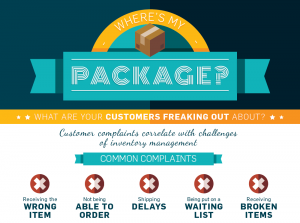Nothing is more painful than arriving on the social media page of a business or its owner and seeing nothing but brand promotion. Viewing the same content is boring and redundant.
Having an online presence beyond that of a website is crucial to any marketing campaign. That online presence, however, will never reach its full potential without quality content that is well planned.
Take one of my clients—my first client, actually—for example: a small-town law firm. When I began to work for the client, I was told the same thing by too many people: “I would follow the firm’s accounts if I wasn’t just seeing legal jargon every time I logged on.” It was at that time there was a content change; posts began to range from about 20% law- and firm-related to the other 80% being what people want to hear, what I call community posts. The firm’s online success took off.
The ratio of 80:20 works in the area of law because brand recognition plays such a high role. For other companies such as those focused on clothing, electronics, sports and so on—areas where it is realistic to offer sales and other discounts—you may choose to alter the ratio to 70:30. That extra 10% allows for promotion of services and perhaps a company blog.
Rallyverse uses a similar model to 70:30. Here, it comes down to curated, owned and promotional content.
Note the one sentence that really drives home why a balanced ratio is crucial: You don’t want to talk about yourself all day. Do you enjoy listening to the guy who is always talking about the big promotion he just got or how he deserves more from his job?
When creating new content, ask yourself some of the following questions:
- What do my followers care about other than what my business offers?
- Has anything noteworthy happened in the community?
- What are my followers talking about?
- What is popular on social media?
The list goes on. If you’re looking to generate content by engaging in what others have posted rather than waiting for people to engage with you, look in the following areas:
- Twitter hashtag results
- Google search
- Find your niche on the Internet and interact with them
- Ask a simple question to new followers such as “how are you?
The bottom line is to ensure that your business’ social media accounts aren’t only about your business. Most of your content should focus on the consumer and what they are interested in.
Your consumers should feel cared about. Don’t make them feel like the niche.
Digital & Social Articles on Business 2 Community
(269)






